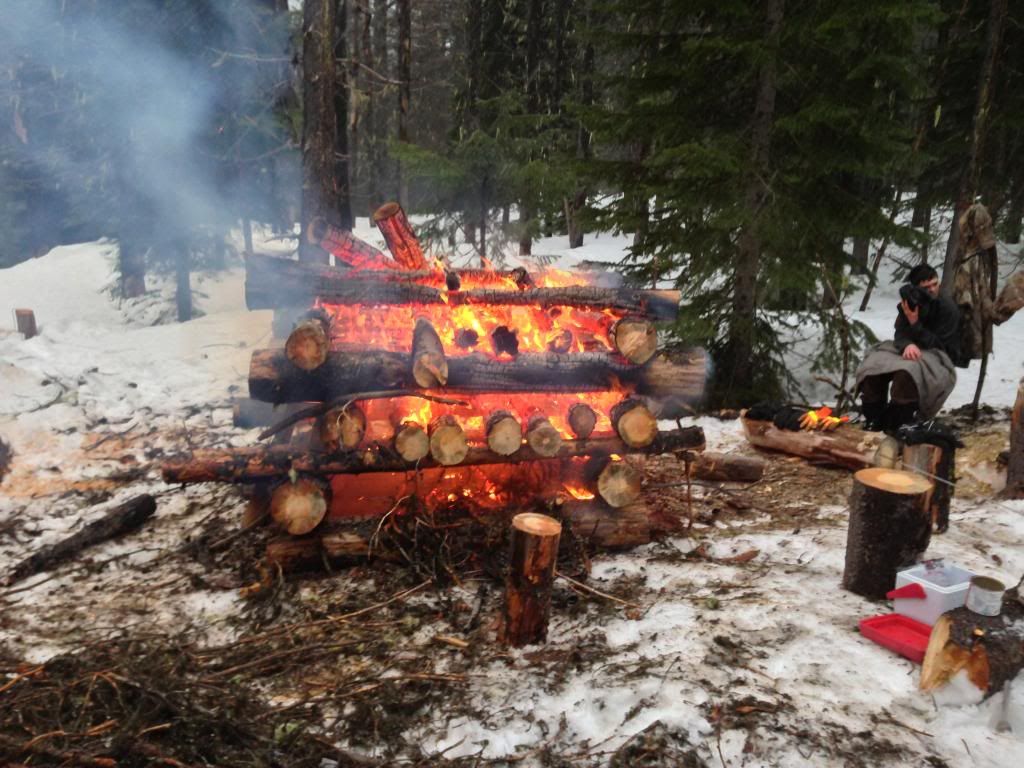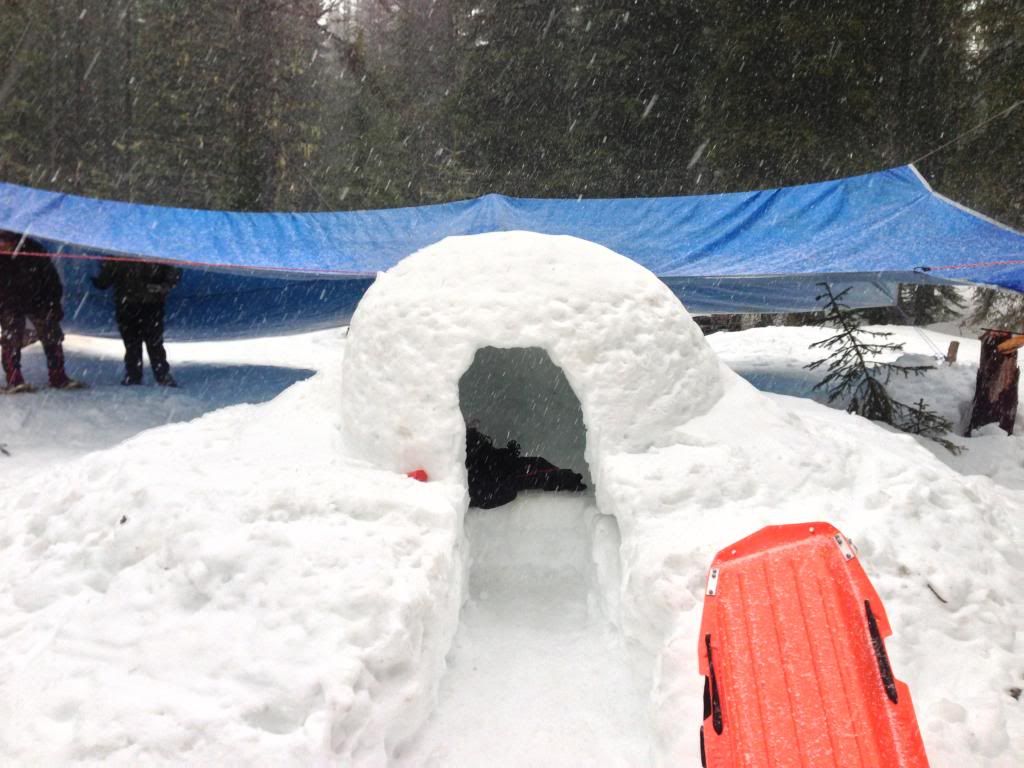Sapper
Lil-Rokslider
I want to hear some cold weather backcountry strategies/tips/secrets, etc. I've been out in CO for elk in the second rifle and camped out by the truck. We slept ok but it was in the teens and low 20's most nights and damn cold. It got pretty warm during the day and although I still got hooked on elk hunting I gotta admit, once the sun went down so did my excitement. I love challenges and love taking a good beating once in a while but I gotta say that staying out in that cold took a lot of fun out of it. Especially after a few days. So I just want to hear some of your expieriences, tips and ideas on how to beat the cold when you're out there several days with nothing but a pack.



